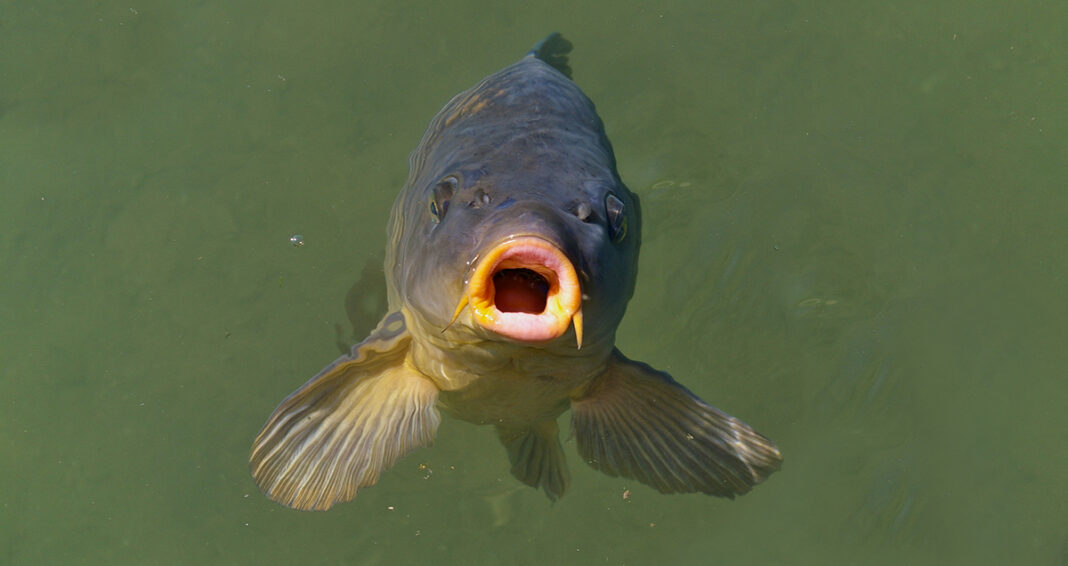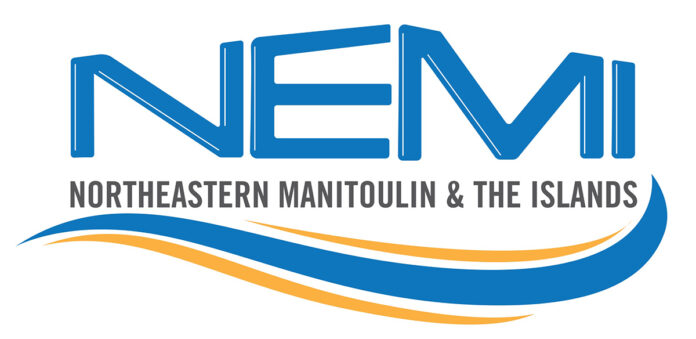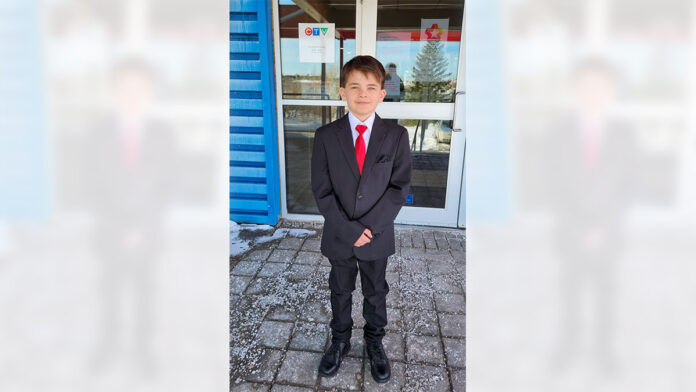MICHIGAN—Stakeholders are praising the news last week that the states of Michigan and Illinois are proposing a total of $114 million in funding toward invasive carp fortifications around the key Brandon Road Lock and Dam on the Des Plaines River near Joliet, Illinois.
“The devil is in the details, but (Michigan) Governor Gretchen Whitmer has included $64 million in the proposed 2024 budget toward this project, which still has to go through the legislative process. But the ask is there, while Illinois Governor JB Pritzker included putting $50 million toward the project in the 2024 fiscal year, which begins October 1. This is all excellent news,” said Tammy Newcombe, assistant director of the Michigan Department of Natural Resources (DNR). “We have been working on this since 2011.”
“What these monies would do is provide for the non-federal (government) cost share of the project,” said Ms. Newcombe. “We are waiting for the cost estimate on the entire project from the US Army Corps of Engineers. Ten percent of the cost needs to be non-federal funds to cover the expected $1 billion project. I certainly think the Great Lakes are worth it.”
Marc Gaden, director of communications for the Great Lakes Fisheries Commission told The Expositor last week, “It sounds like non-federal funds that are being provided for the project. I strongly commend both the states of Michigan and Illinois for their ongoing commitment to keeping this harmful fish out of the Great Lakes. And we are and would be working hard to make sure the operating and maintenance costs are accounted for in perpetuity. This is a very important step in the project.”
Molly Flanagan, chief operating officer at the Alliance for the Great Lakes in Chicago told Michigan Live that the funding news, “is thrilling. It’s a real recognition of the importance of keeping invasive carp out of the Great Lakes by getting the Brandon Road project done.”
“This is great momentum and a really positive development toward actually beginning construction as soon as 2024,” said Ms. Flanagan.
At Brandon Road in Illinois, the USACE is fortifying a chokepoint lock and dam with a series of deterrents that would prevent the invasive fish from advancing upstream.
The reconfiguration would force fish through new electric and bubble barriers, acoustic deterrents and flushing lock. The upgrades are meant to reduce the chances invasive carp could slip through while still allowing barge traffic.
The fortifications would add redundancy to existing carp control efforts, including an electric barrier near Romeoville, Illinois and population culling in the Illinois waterway through commercial fishing and attempts to establish a market for invasive carp, formerly called Asian carp.
The Brandon Road project has been in the works for years having originally been suggested in the USACE multi-year Great Lakes-Mississippi River Interbasin Study released in 2014.
The project is currently estimated to cost $860 million, a number which the Army Corps is revising. An increase is expected after the Army Corps disclosed last year that inflation, increased labour costs and supply chain issues helped tripled the projected costs of another Great Lakes water infrastructure project to upgrade the Soo Locks.
An updated cost estimate is expected by April. The biennial Water Resources and Development Act (WRDA) passed this past December. Congress increased the federal government’s share of project cost to 90 percent.
Bighead and silver carp would have a major disruptive impact on fisheries and recreational boating if they became established in the Great Lakes. Silver carp can injure people by leaping from the water when disturbed and both species would likely compete with native fish for food and habitat.
At the current time the USACE is doing pre-construction engineering and design on the Brandon Road project using $8 million in 2020 funding from Michigan and another $1.5 million in recent funding from Michigan and Illinois.
The Great Lakes and St. Lawrence Cities Initiative, a coalition of more than 200 US and Canadian cities around the region, applauded the state funding proposals.





